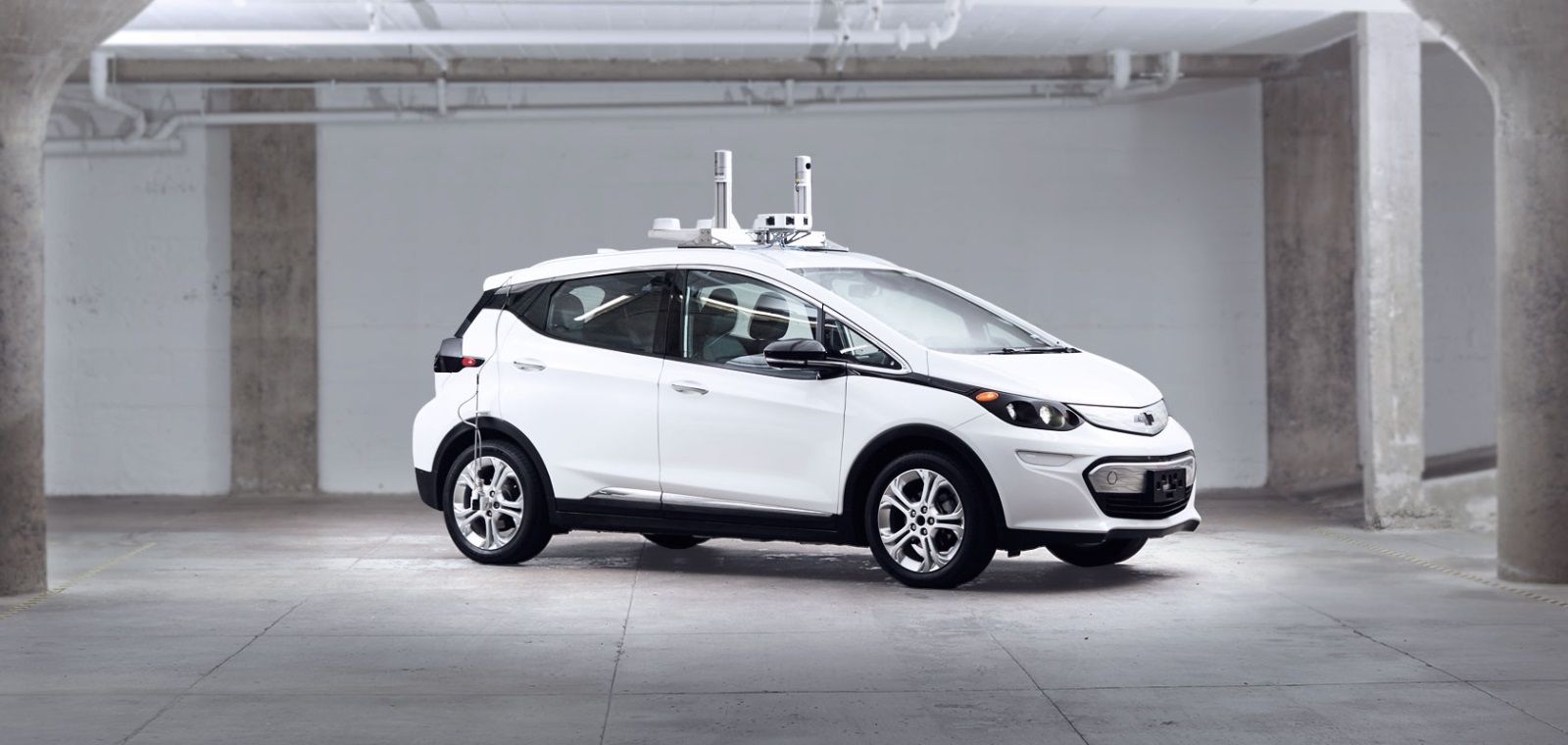Auto cruising is a fancy word and a fancy feature to put in an automotive. It will give us a world without crashes and road deaths, but it is nowhere close to being ready. Although the technology is ever improving, the consequences of its actions in the current scenarios are far from being safe, even after following the laws of operations.
A Motorcycle rider was blamed and booked in a recent collision between him and a driverless auto cruiser. The self-driving cruise was a Chevrolet Bolt which apparently hit a lane splitting Motorcycle rider and justified its decision stating the rider was wrong and unsafe with the lane rules.
The distance and gaps are some of the elements that the auto cruisers sensors consider in deciding whether to change lane or stick to the speed. But are these factors justifying to a human rider’s decision criteria in overtaking or avoiding a collision?
This is a big question in the discussion where an alarming 14 crashes have been reported between September and November involving the Cruise Automation. This recent accident, however, was reported that the rider was at fault since he ‘attempted to overtake and pass another vehicle on the right under conditions that did not permit that movement in safety.’
The rider, in this case, found the flexibility to cover a gap that was caused by the autonomous Bolt trying to shift lanes and decided to overtake it but was instead rammed by the cruiser since the Bolt maneuvered back into the lane since the car in the other lane changed its speed. The Bolt’s calculations termed it unsafe and not a logical reason to change lanes under that given situation.
So the question here is: How feasible and safe it is to get an auto cruiser on the road and gauge its driving patterns as a fellow Motorcycle rider? The rider walked away unhurt since the wobble-and-fall happened at 12mph. But what if the AV was hacked, or there was a hardware malfunction?
Cruise Automation is a pioneering field and is applauded in many streams for its innovation. This being said, there exists a layer of controversy with this idea when the safety, legal implications, and danger posed to the fellow rider and his maneuvers are concerned.
The unpredictable driving behaviors in a general roadway or a lane system are too big a field to consider the deciding factors to integrate into an auto cruiser system. In an ever-increasing driving entropy and the number of cars and motorcycles put on the road every new day, the task of logical reasoning with the general road rules and other riders deciding abilities is a far cry from precision.
They either can be the perils of an AI future predicted by the human race geniuses Stephen Hawking and Elon Musk or can be hacked to be one. Either way, technology can always be as safe as the human operating it.

